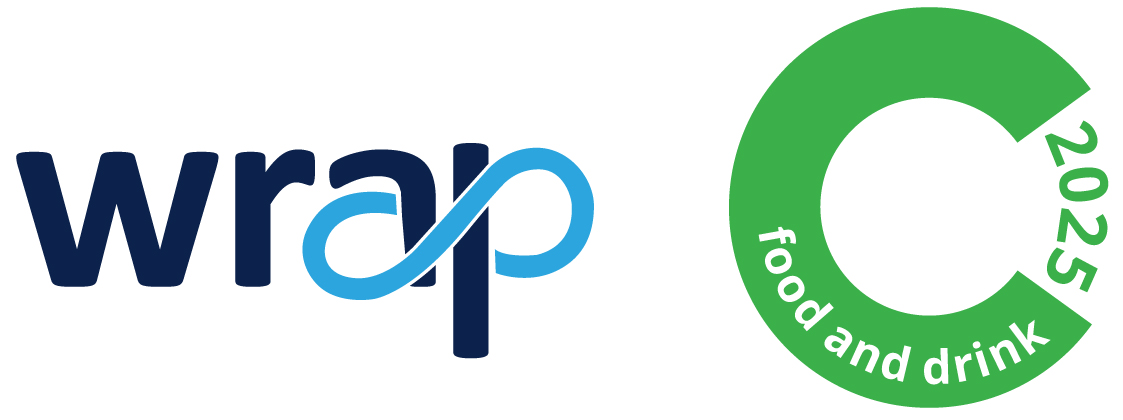Everyone has a part to play in achieving Courtauld 2025’s challenging ambition. In the first year of the agreement, the focus was on collaboration to improve resource efficiency, profitability and resilience across food systems, and to help the individual citizen.
Through projects, task forces and working groups, we brought together organisations to tackle common challenges across the sector and along supply chains. To date, we have set up collaborative working in:
- dairy, meat and fresh produce (as these categories have some of the highest waste and greenhouse gas impacts);
- food redistribution;
- measurement of food waste;
- consumer behaviour change;
- product design;
- buying and sourcing;
- higher value uses of wasted food;
- reducing the impacts of water use in the food sector; and
- sharing good practice with wider businesses.
By the end of the first year, more than half of the signatory organisations (and 155 different people) were involved in the 11 working groups and projects. In the priority product categories, the first step for each group has been to establish:
- the available evidence on where the biggest impacts on resource occur across the value chain; and
- industry views on the best potential ways to affect change.
This is a snapshot of the work being undertaken:
Meat/Livestock
Nearly half a million tonnes of meat and fish products are estimated to be wasted annually in the UK, and livestock accounts for around 5 per cent of total UK greenhouse gas emissions. Tackling livestock emissions is recognised in the sector as immensely challenging.
Building on a series of value chain studies, the sector has come together under Courtauld 2025 to reduce impacts. The group includes leading brands, retailers, manufacturers and trade associations, as well as other key organisations within the industry such as the Agriculture and Horticulture Development Board and the National Farmers Union.
Dairy
Over 400,000 tonnes of dairy products are thrown away annually in UK homes (almost 10 per cent of purchases), and WRAP estimates there is around 200,000 tonnes of avoidable waste in the dairy supply chain. The Courtauld 2025 Dairy working group includes the principal dairy processors, retailers, manufacturers and trade associations, who are working together to tackle the barriers to preventing waste.
Among the key achievements of the working group is a detailed map of dairy processing waste and by-product streams, together with a full appraisal of the ‘valorisation’ options for three of the most prevalent by-product streams (i.e. opportunities to send these materials to higher value uses). This looked at the technologies available, their practical, economic and technical feasibility, expected timeframes to market readiness, commercial barriers and costs. The findings are being used to help signatory businesses develop the commercial case for action.
Fresh produce
Waste within the production and supply of fresh produce is a major challenge, and presents a significant opportunity for improving productivity. Major retailers, hospitality and food service businesses, suppliers and primary producers, as well as trade associations are active participants in Courtauld 2025’s fresh produce work area.
